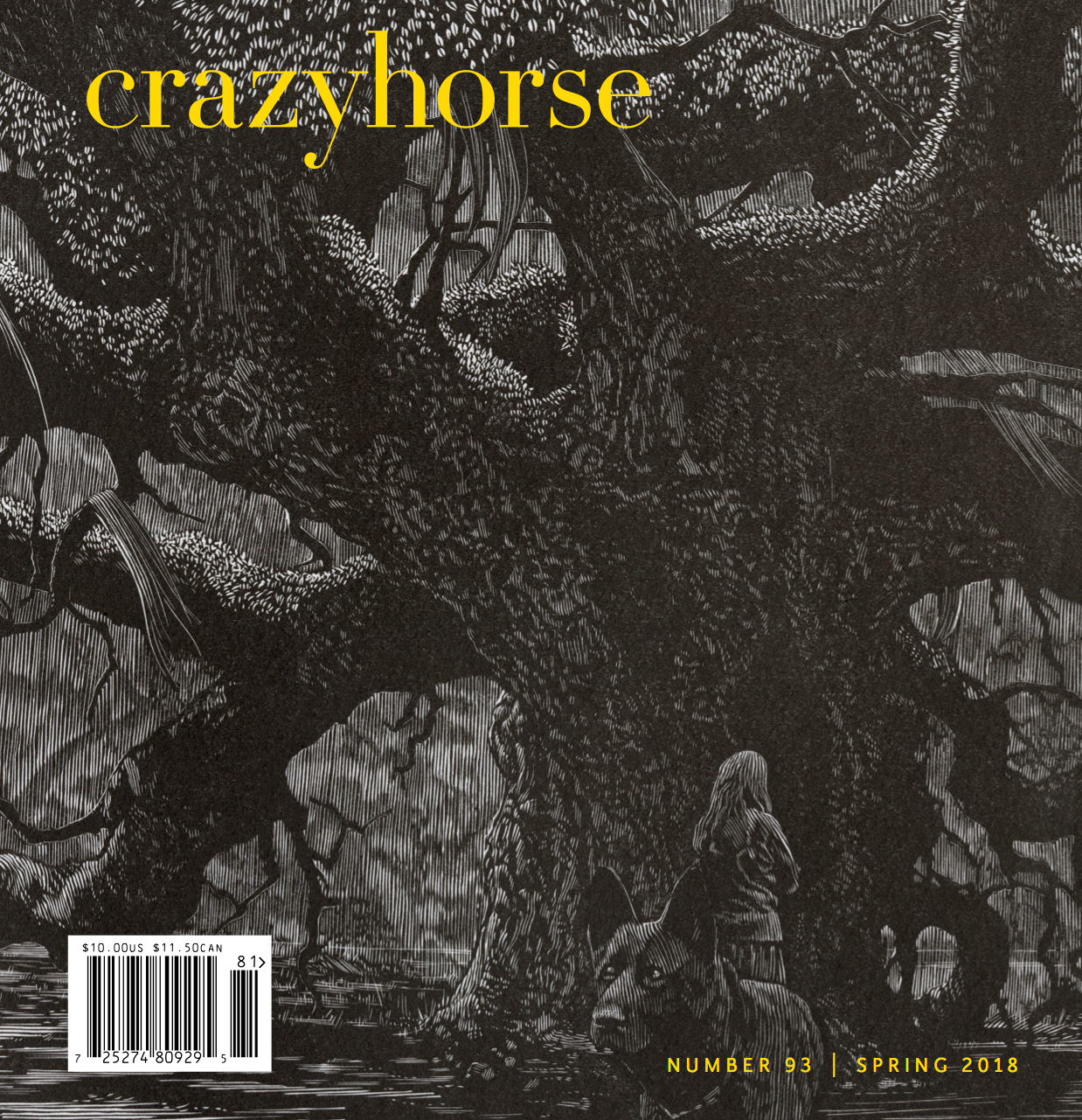
Erin Pringle-Toungate’s story “The Midwife” appeared in Glint Literary Journal and will be included in Pringle-Toungate’s next collection How the Sun Burns.
In some stories, the events of the present gain meaning when viewed alongside the character’s past. The writer of a story like that, however, quickly discovers a problem that must be solved: How do you switch between the time periods? Do you block the periods into paragraphs or sections? Or is there a way to make the switch more fluid?
One writer who succeeds in finding a fluid movement through past and present is Erin Pringle-Toungate in her story, “The Midwife.” The story was published at Glint Literary Journal, where you can read it now.
How the Story Works
The trouble with blocking the past and present into separate chunks, set off by space breaks, is that the structure can begin to feel unwieldy. To avoid that problem, Pringle-Toungate does two things:
- Switches between past and present on a sentence-by-sentence level
- Does not announce that the switches are occurring.
To illustrate how this works, look at the story’s opening:
“Along the block of mostly abandoned storefronts, the barber turns the sign to Sorry we’re CLOSED Please come back tomorrow, and moves the red plastic arrow to 7 AM. No customers came in today, yesterday, or the day before. But no matter, you keep the same hours every day, said her father when, after her mother’s hysterectomy, he began officially training her for her inheritance.”
The first two sentences are set in the story’s present. They’re also written in present tense, which will serve as a reliable indicator of time. The switch comes with the third sentence, when the story adds the father’s voice, spoken from the past. Notice how we don’t learn that the words, “But no matter, you keep the same hours every day,” are 1) her father’s and 2) from the past until the attribution (“said her father”). In effect, we’ve slid from present to past without knowing it. In a way, this switch is the same used by our minds, which move back and forth in time—between present observation and memory—constantly, often blurring the two.
By introducing this switching strategy immediately, Pringle-Toungate makes it possible for the story to dip into the past at any moment, for as long or briefly as it wants—an unimaginable freedom to someone who has played with a block structure of time. For instance, Pringle-Toungate actually marks the next switch between past and present with a paragraph break, but because of how she introduces time in the first paragraph, this more formal switch seems just as natural:
“She sweeps the floor, cleans the mirror, wipes the counter, changes the disinfectant, ties up the laundry bag of towels, and lets down the blinds. She didn’t have a customer all morning, but she didn’t really expect to.
Work ethic, her father said. Dependability, he insisted. Same hours every day. Reliability is trustworthiness. Trustworthiness earns respect. Respect runs a business and fills our stomachs.”
If this seems impossible to pull off, you can take comfort in the fact that Pringle-Toungate didn’t arrive at this structure immediately, as you’ll learn in her Q&A on Thursday.
The Writing Exercise
Let’s switch between past and present using the first paragraph of “The Midwife” as a model. First, you’ll need to create the two time periods:
- Create a character engaged in an ongoing action. In “The Midwife” that action is the deliveries. The action could be anything that is an everyday routine: going to work, picking up kids from school, sitting in church or class, or pulling weeds in the garden. Or, the routine could be something more sinister. Keep in mind Hannah Arendt’s idea of “the banality of evil.” Even awful things can be become routine if you do them enough.
- Give the character a voice to listen to. The voice should be from someone in the past. In “The Midwife” the voice belongs to the character’s father. George Saunders uses a similar strategy in “Tenth of December”:
“He was so tired. What a thing. Holy moly. When he used to walk Sasquatch out here they’d do six times around the pond, jog up the hill, tag the boulder on top, sprint back down.
Better get moving, said one of two guys who’d been in discussion in his head all morning.”
Saunders introduces the voice, and soon after the story goes into the character’s past. In other words, the voice creates the doorway to that past.
Now, let’s put your character and the voice into conversation, which is essentially the way that Pringle-Toungate and Saunders both move back and forth in time.
- Begin with your character in the midst of the everyday routine. Don’t explain the routine, just describe the actions that the character performs with the thoughtless confidence that comes with having done a thing countless times. This robotic movement sets up the next step.
- Let the character think about the voice from his/her past. Don’t use a filter (She thought about So-and-so, who used to say…). Instead, drop the dialogue or voice into the sentence without introduction. The idea is that you’re letting the reader listen to the character’s thoughts as he/she performs the routine.
- Now, move back and forth between these two time periods whenever seems most natural. Play with it. Try staying in each period for longer and shorter amounts of sentences. While you’re using the voice as a portal to the past, you can move beyond the voice into more detailed memories
Good luck and have fun.




One Response to “How to Move Between Past and Present”